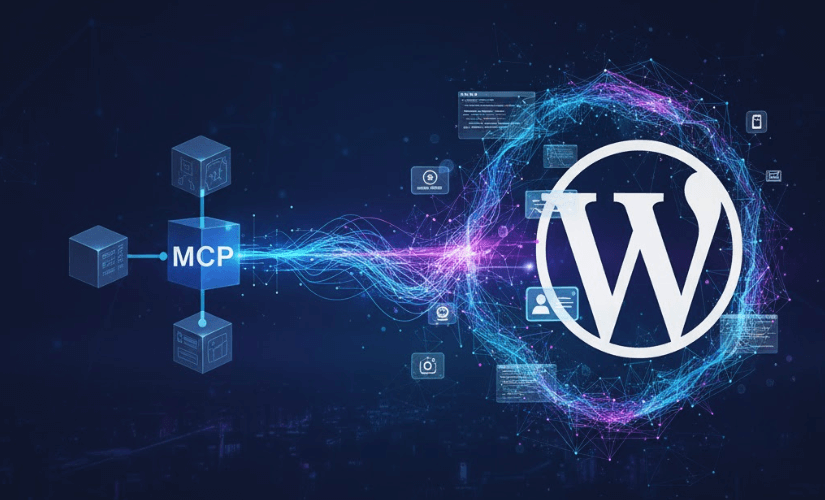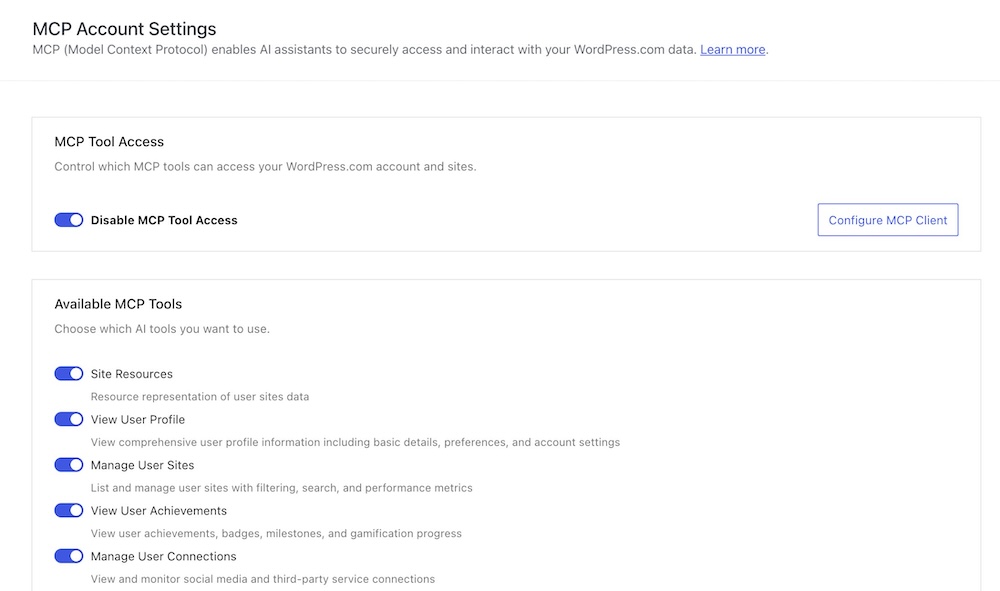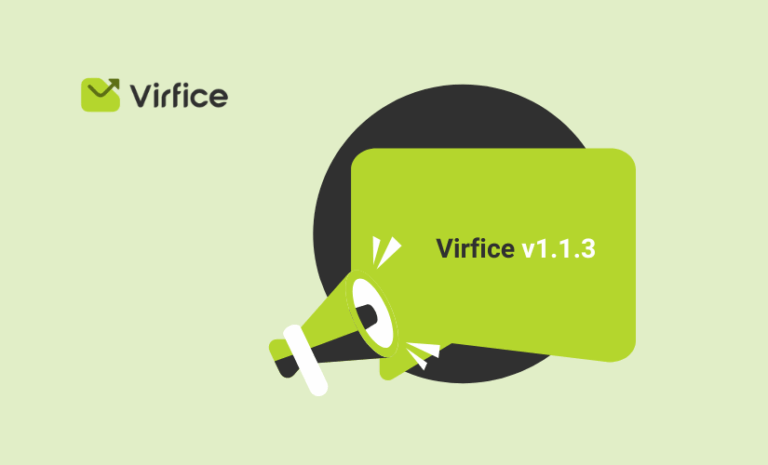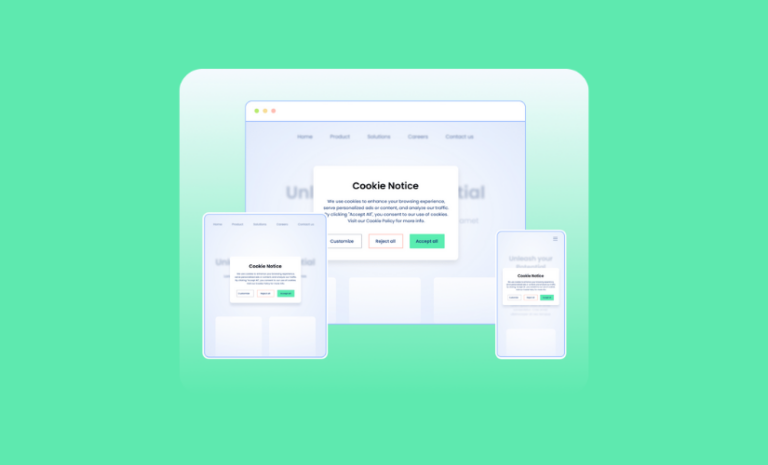Model Context Protocol, AKA MCP, has been a buzzword in the tech industry. WordPress is no different in this regard. But what exactly is MCP, and why are tech leaders calling it a game-changer?
Simply put, MCP is an open standard that allows AI models to connect with tools, data sources, and software environments in a more structured and intelligent way. It bridges the gap between human requests and system actions, enabling smarter, context-aware automation.
For WordPress professionals, this could be a transformative experience. Imagine an AI that not only writes content but also understands your site’s context, updates plugins, manages databases, and even customizes WooCommerce workflows, all through secure, standardized communication. MCP has the potential to make WordPress more dynamic, more intuitive, and far more powerful than ever before.
In this post, we’ll break down what MCP is, how it works, and why it could mark the beginning of a new era for WordPress developers, site owners, and AI-powered workflows.
What is MCP?
MCP, or Model Context Protocol, is an emerging open standard designed to help AI models securely and efficiently interact with external tools, APIs, and data sources. It acts as a bridge between AI and the real world, allowing models like ChatGPT to not just talk about information, but to work with it directly in a structured, contextual, and safe way.
At its core, MCP defines a universal protocol that lets an AI model understand what tools or data it has access to, how to use them, and how to interpret their results, all without hardcoding or manual integrations. Think of it as the “plugin system for AI”, much like how WordPress plugins extend a website’s capabilities.
Think of it this way: when developers use the command line, they can perform different tasks by typing commands like creating files, deploying code, managing databases, or installing plugins, all without directly clicking through menus or interfaces. The command line understands those commands and executes them instantly.
Now imagine something similar, but for AI. Instead of a developer typing commands, an AI model uses the Model Context Protocol (MCP) to perform structured actions on your behalf. For example, instead of telling ChatGPT “add a new post on my WordPress site” and hoping it somehow figures it out, MCP provides a defined protocol — so the AI knows exactly how to communicate with WordPress, authenticate securely, and publish that post just like a developer would from the command line.
Here’s how it works in simple terms:
- Model Context Layer: MCP provides context to the AI model by telling it what environment it’s in and what it can do. For example, instead of a model guessing how to interact with WordPress, MCP can define a structured interface — so the AI knows how to create posts, update themes, or pull analytics data.
- Standardized Communication: MCP uses a standardized message format that allows tools, databases, and software to “talk” to the AI in a predictable way. This eliminates the need for one-off integrations, which often break or require constant maintenance.
- Secure, Controlled Access: One of MCP’s strongest features is security and permission control. It ensures that the AI only performs actions it’s explicitly allowed to — for example, reading data but not deleting it. This prevents accidental or unauthorized actions.
- Dynamic Context Awareness: Unlike static systems, MCP allows AI models to dynamically load and update context. This means the model can stay aware of recent changes — like new WordPress posts, updated plugins, or user activity — without retraining or manual updates.
In essence, MCP is to AI what APIs are to the web — a foundational layer that enables interaction, automation, and real-time intelligence across systems.
It’s being developed as an open standard, meaning it’s not owned by any single company. That openness makes it particularly exciting for the WordPress ecosystem, where openness and interoperability have always been at the core.
With MCP, the next generation of AI-powered WordPress tools could move far beyond simple text generation — toward true AI-driven site management, automation, and personalized experiences
How MCP Could Reshape the Future of WordPress
The arrival of Model Context Protocol (MCP) could mark a turning point for how we build, maintain, and extend WordPress. It has the potential to make WordPress far more intelligent — not just responding to your inputs, but understanding your site’s environment and acting on it.

Let’s look at how MCP could practically reshape the WordPress experience 👇
Smarter Automation for Developers
Today, developers spend hours performing repetitive technical tasks, updating plugins, running database migrations, or fixing PHP errors after updates.
With MCP, you could have an AI assistant that actually understands your WordPress file system, plugin structure, and functions.php. For instance, you could say:
Check if there are deprecated functions in my theme and fix them.
Instead of just describing what to do, the AI — powered by MCP — could safely scan your theme folder, identify the outdated code, replace it with the correct version, and log the changes.
It’s like having a virtual developer who can execute commands inside your WordPress environment, but through structured, secure protocol calls instead of manual coding.
Intelligent Content Management
Content creators already use AI for writing, but MCP takes that one step further. Since it gives AI structured access to your WordPress database and site context, the AI could understand what’s already published, what categories exist, and even your editorial tone.
Imagine telling the AI:
Write a new post in the ‘Tutorials’ category about setting up WooCommerce shipping zones and schedule it for next Tuesday.
The AI could then:
- Retrieve your post categories via MCP
- Generate a draft following your brand tone
- Add relevant internal links
- Upload images from your Media Library
- Schedule it automatically in WordPress
All without logging into the admin panel.
That’s what context-aware content creation looks like — not just writing words, but managing content intelligently.
Seamless Plugin and Tool Integration
Integrating AI with different WordPress plugins today often means dealing with multiple APIs, tokens, and compatibility issues. MCP simplifies that by defining one unified way for AI to talk to any plugin that supports it.
For example, an MCP-enabled AI could:
- Fetch product data from WooCommerce,
- Get customer insights from Jetpack CRM,
- And push analytics data to Google Analytics or Rank Math,
all through a single, standardized communication channel.
Developers could also create MCP-enabled WordPress plugins, allowing any AI system to understand how to interact with them automatically, no custom connectors needed.
This could lead to a new ecosystem of AI-compatible WordPress plugins that work out of the box with any MCP-aware model.
AI-Powered Personalization
Right now, personalization in WordPress is mostly rule-based, using cookies, tags, or plugins that show different content based on user actions. MCP could take that to an entirely new level.
Let’s say you run a WooCommerce store. An MCP-enabled AI could have structured access to your site’s real-time customer data (within allowed permissions) and dynamically adjust the user experience.
For example:
- A returning user could see personalized product recommendations based on previous purchases.
- The homepage layout could change automatically for mobile shoppers vs desktop visitors.
- Even blog posts could adapt headlines or CTAs depending on the visitor’s location or interests.
All these adjustments could happen automatically — with the AI reasoning in real-time about what’s most relevant, and then taking action through MCP’s secure protocol layer.
Better Security and Control
With great power comes great responsibility — and that’s exactly where MCP shines. Every interaction between the AI and your WordPress site is permission-based and sandboxed.
That means you can define:
- Which parts of your site can the AI access (e.g., posts, plugins, or database)
- What actions it can perform (e.g., read-only, edit, or publish)
For example, you might allow your AI assistant to create draft posts but not publish them without review. Or let it analyze your site performance via Site Health, but block it from deleting files.
This ensures total control — the AI becomes a trusted collaborator, not a risk factor.
A Glimpse into the Future
Just as WordPress democratized web publishing, MCP could democratize AI-powered automation.
Developers, creators, and business owners could rely on AI systems that truly understand their site context — from plugin architecture to content flow.
In the near future, you might simply say:
Redesign my homepage to focus on product conversions.
And your MCP-enabled AI will analyze your current design, pull data from WooCommerce, and propose (or even build) a new layout aligned with your goals.
WordPress has always been about empowering creators. With MCP, that empowerment might soon extend to AI as your co-creator, co-developer, and site manager — all working seamlessly within one ecosystem.
How to Implement MCP on WordPress
As the Model Context Protocol (MCP) starts gaining traction, WordPress users now have two primary ways to integrate it — depending on whether you’re on WordPress.com or running a self-hosted WordPress site.
For WordPress.com Sites (Easiest)
If your website is hosted on WordPress.com, you’re in luck; MCP support is already built in.

Here’s how to get started:
- Go to your WordPress.com Dashboard → Settings → Model Context Protocol (MCP) section.
- Generate an MCP connection key or token.
- In your MCP client (for example, Claude Desktop), add WordPress.com as a connected server using that token.
That’s it! Your AI can now securely interact with your WordPress.com site — perform actions like creating drafts, managing posts, or retrieving data — all through the MCP interface.
For Self-Hosted WordPress (Using a Plugin)
If you manage your own WordPress installation, you can turn your site into an MCP Server using a plugin.
Install the Plugin
Use the open-source MCP Adapter plugin (the official one from Automattic).
- Download it from GitHub.
- Upload and activate it through your WordPress Admin → Plugins → Add New → Upload Plugin.
Once activated, your site becomes an MCP-compatible endpoint.
Configure It
After installation, the plugin exposes a dedicated MCP endpoint — typically under:
Next steps:
- Set up authentication, either via Application Passwords (recommended) or Bearer Token.
- Ensure your site runs on HTTPS for secure communication.
This setup ensures your AI can safely interact with your WordPress environment without compromising access control.
Connect It to Your MCP Client
Once configured, connect your WordPress site to your MCP client (like Claude Desktop) by adding your server information in its configuration file.
For example, in Claude Desktop, you might add something like:
{
"mcpServers": {
"wordpress": {
"command": "npx",
"args": ["-y", "@automattic/mcp-wordpress-remote@latest"],
"env": {
"WP_API_URL": "https://yourwebsite.com",
"JWT_TOKEN": "your-generated-token"
}
}
}
}
After saving the config, your WordPress site becomes accessible from the MCP client — ready for intelligent, context-aware automation.
Example Use Case
Once connected, your AI assistant could:
- Create and schedule new blog posts.
- Update plugin settings or retrieve analytics.
- Generate SEO-friendly meta descriptions.
- Manage WooCommerce products or orders — all via AI commands.
- and many more
With MCP, your WordPress site transforms from a traditional CMS into a smart, connected system that can collaborate directly with AI tools.
Final Thoughts: The Dawn of an AI-Native WordPress
The Model Context Protocol (MCP) isn’t just another technical buzzword — it’s the beginning of a new era where AI and WordPress truly understand each other. It’s the missing layer that allows AI to act with context, precision, and safety inside complex systems like WordPress.
For developers, MCP means less repetitive work and more focus on creativity. For content creators, it means smarter, faster publishing workflows. And for businesses, it means websites that think, adapt, and optimize in real-time, all powered by AI that understands the environment it’s working in.
Just as WordPress transformed web creation by making it accessible to everyone, MCP could transform how we build and maintain those websites by making AI a natural part of the process, not an add-on.
We’re standing at the edge of a massive shift: From “AI assisting WordPress” → to “AI operating within WordPress.”
The fusion of these two open ecosystems could unlock endless possibilities — intelligent content workflows, adaptive design, automated maintenance, and much more.
So the question isn’t if MCP will reshape the future of WordPress — it’s how soon you’ll start building for that future.



